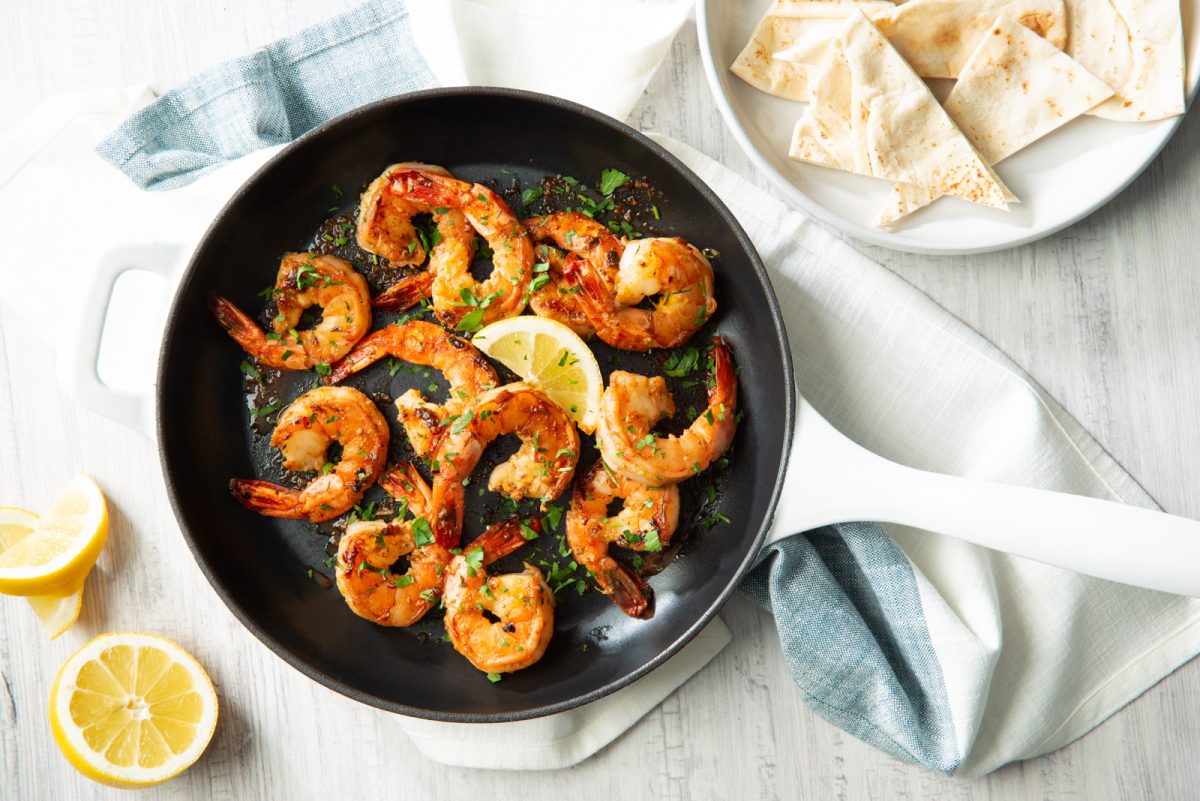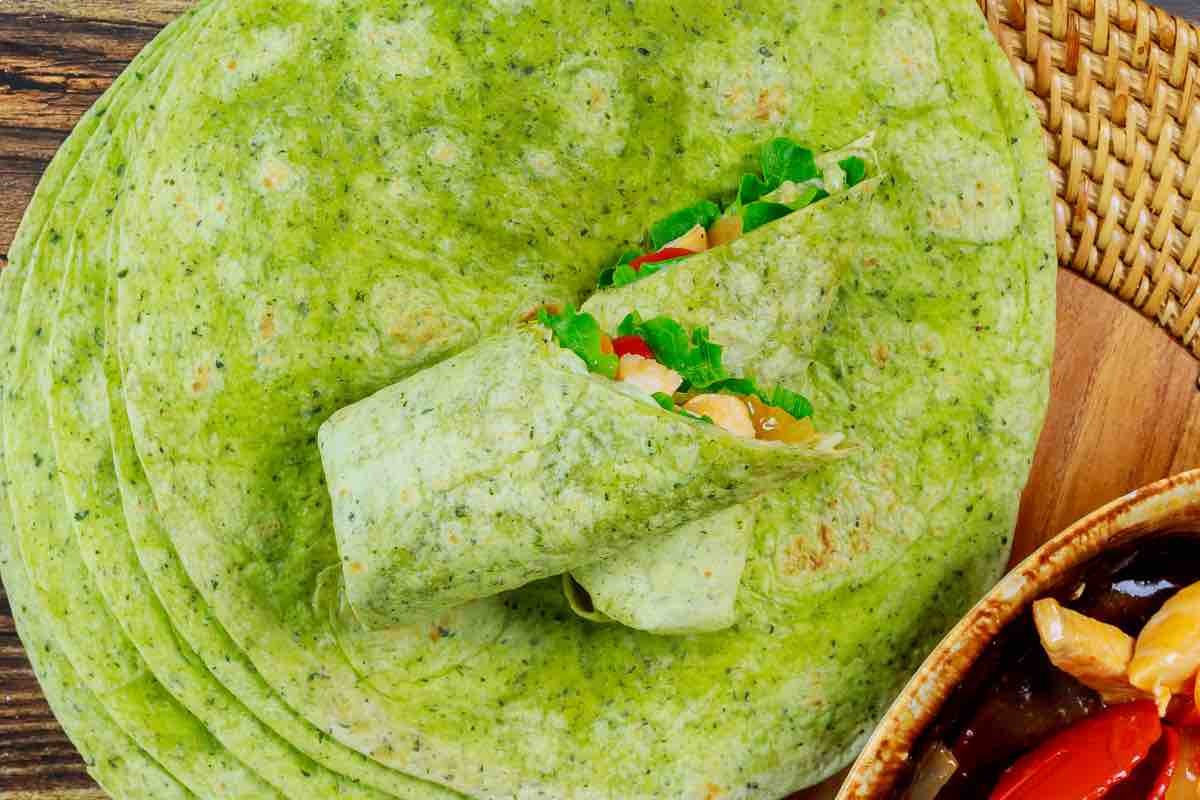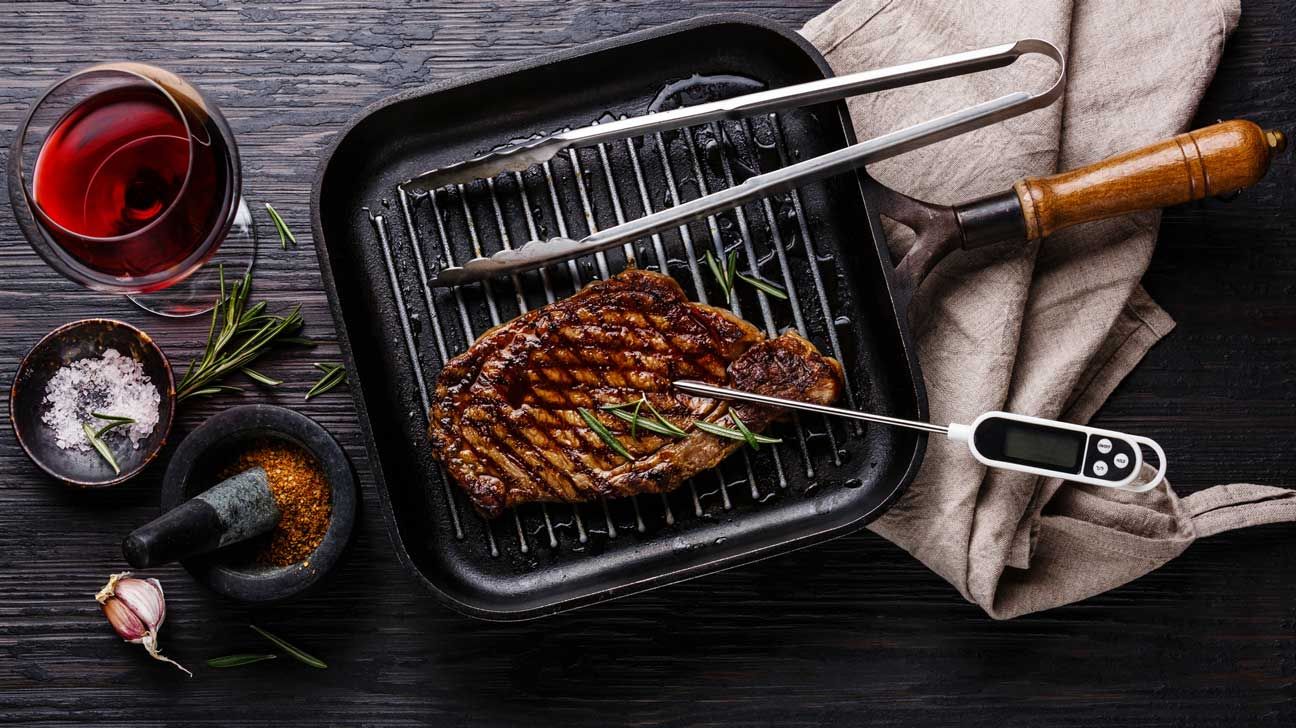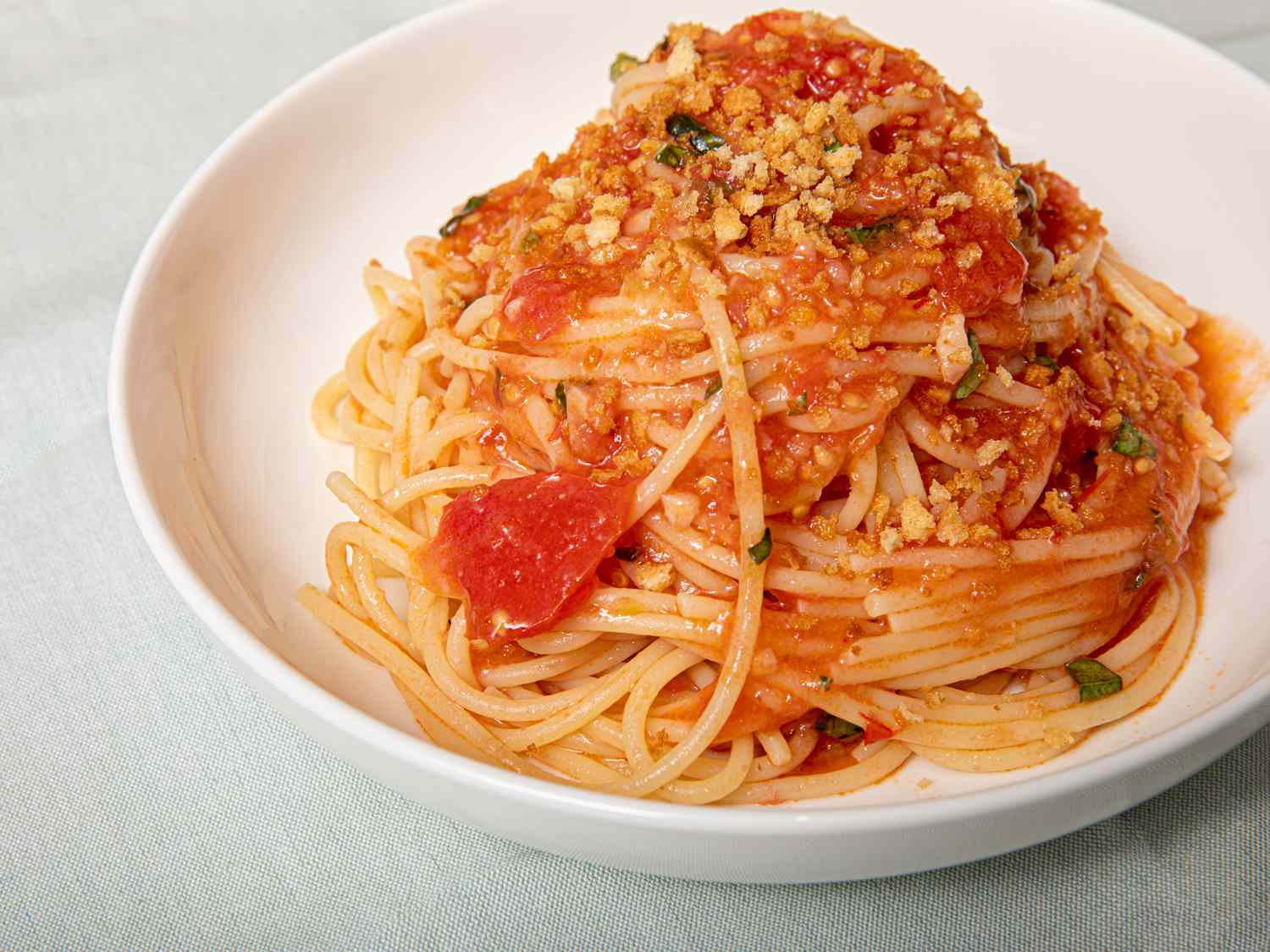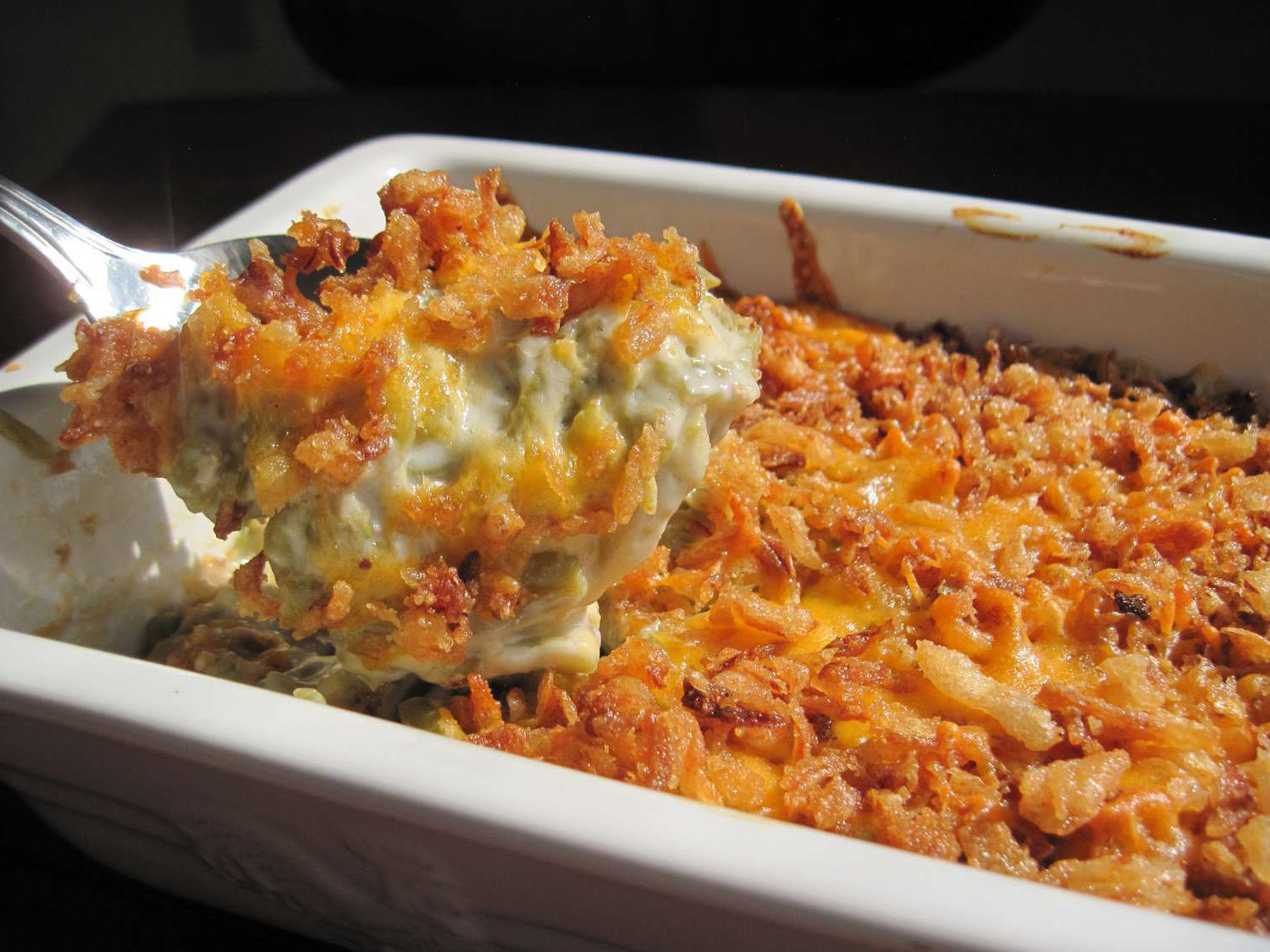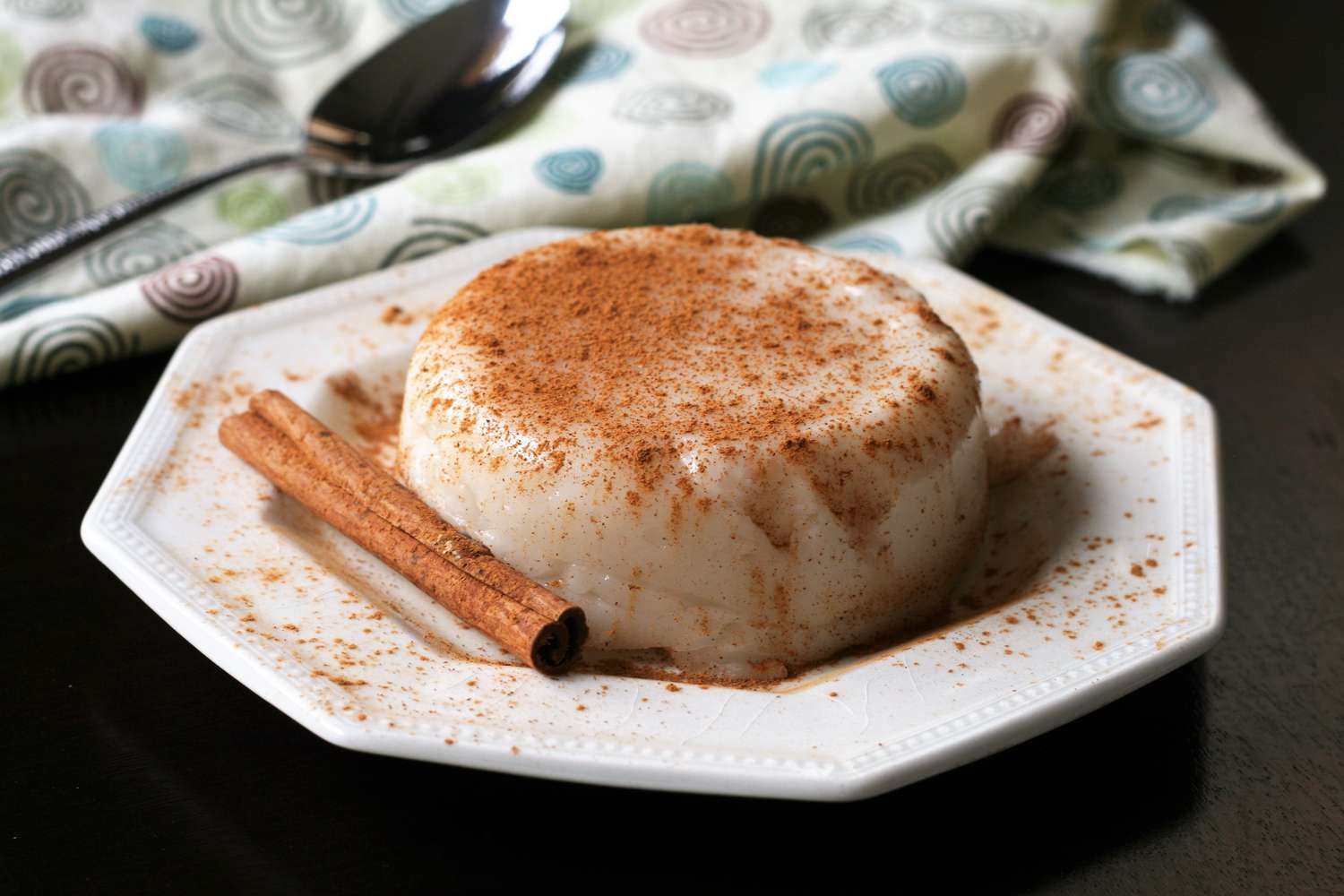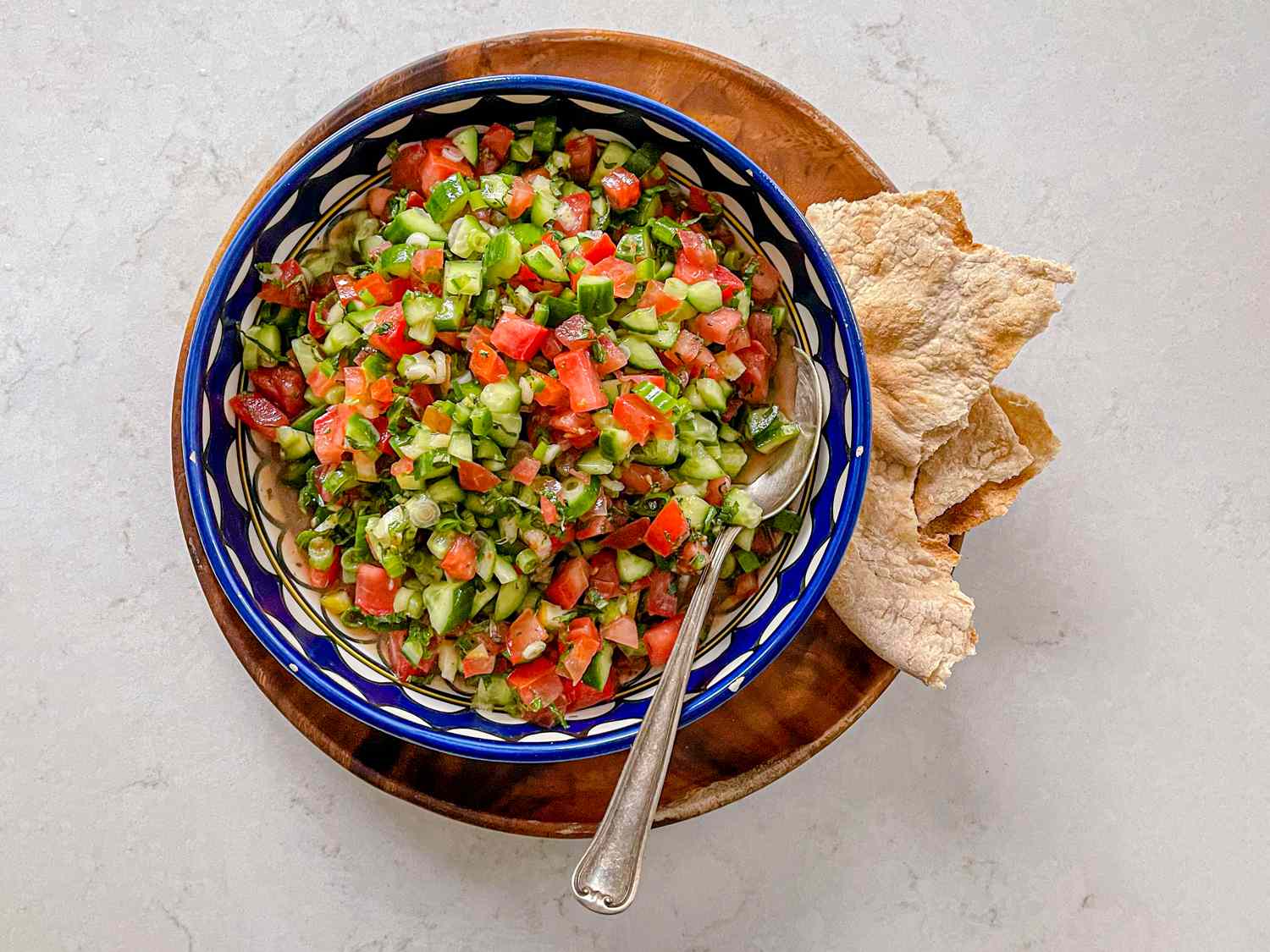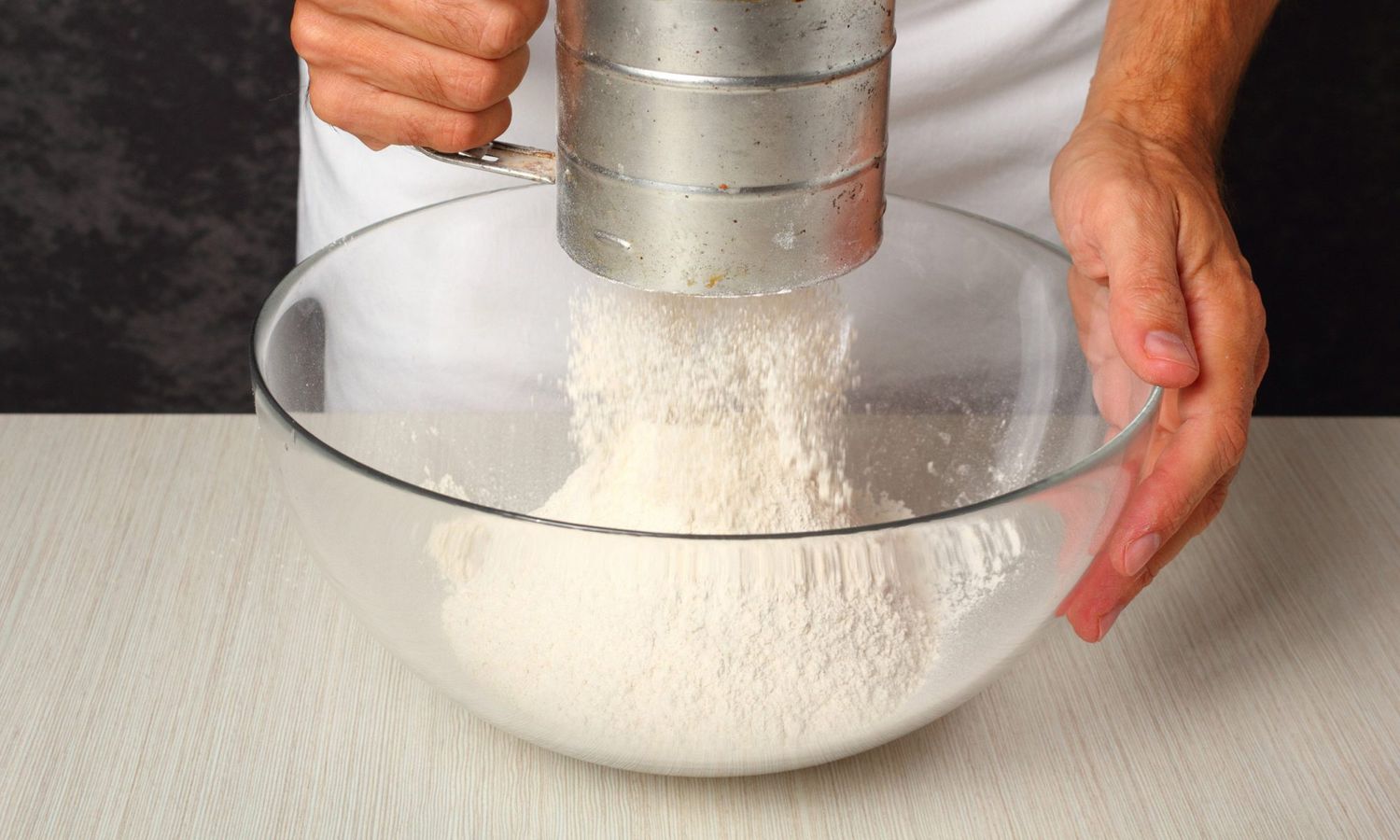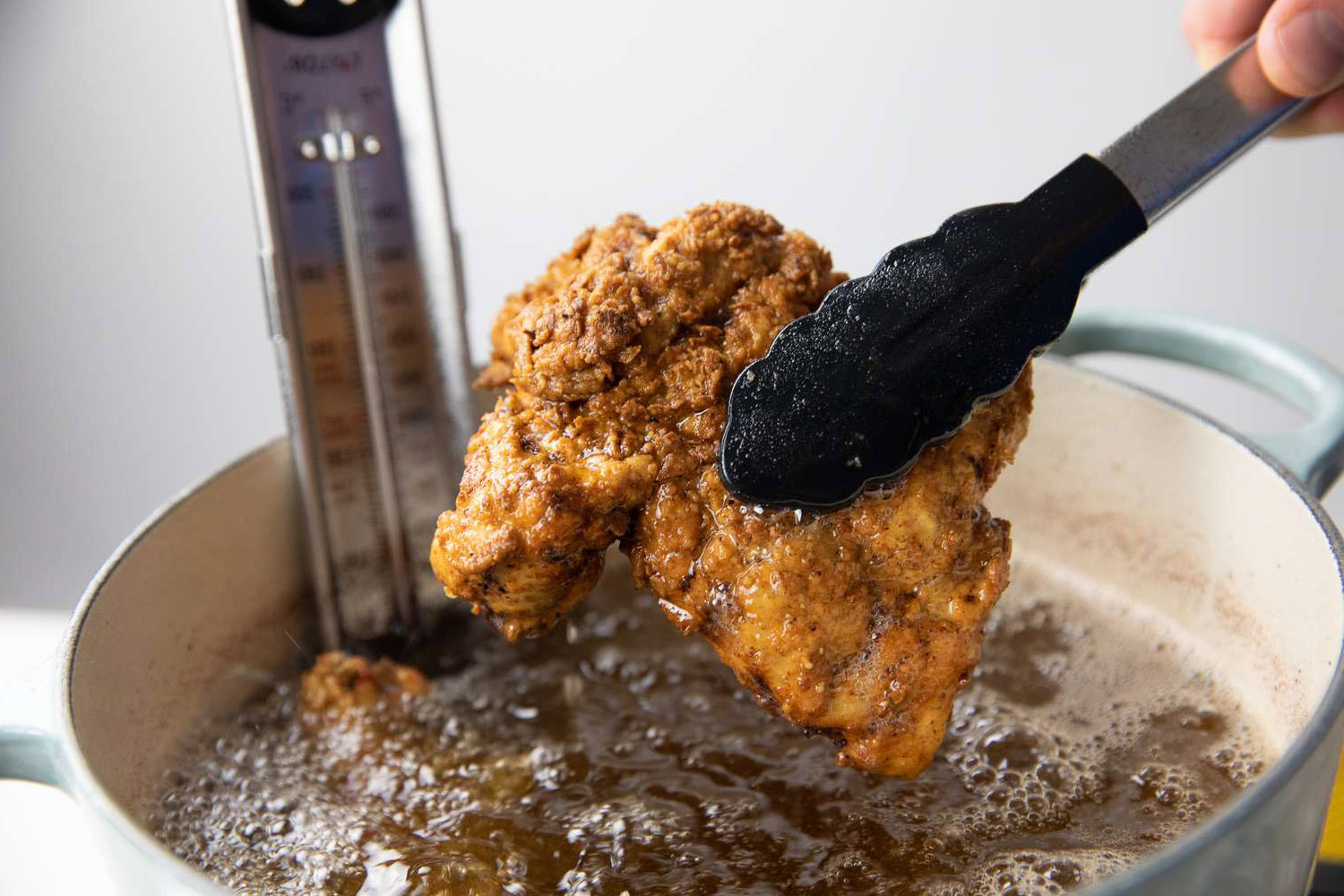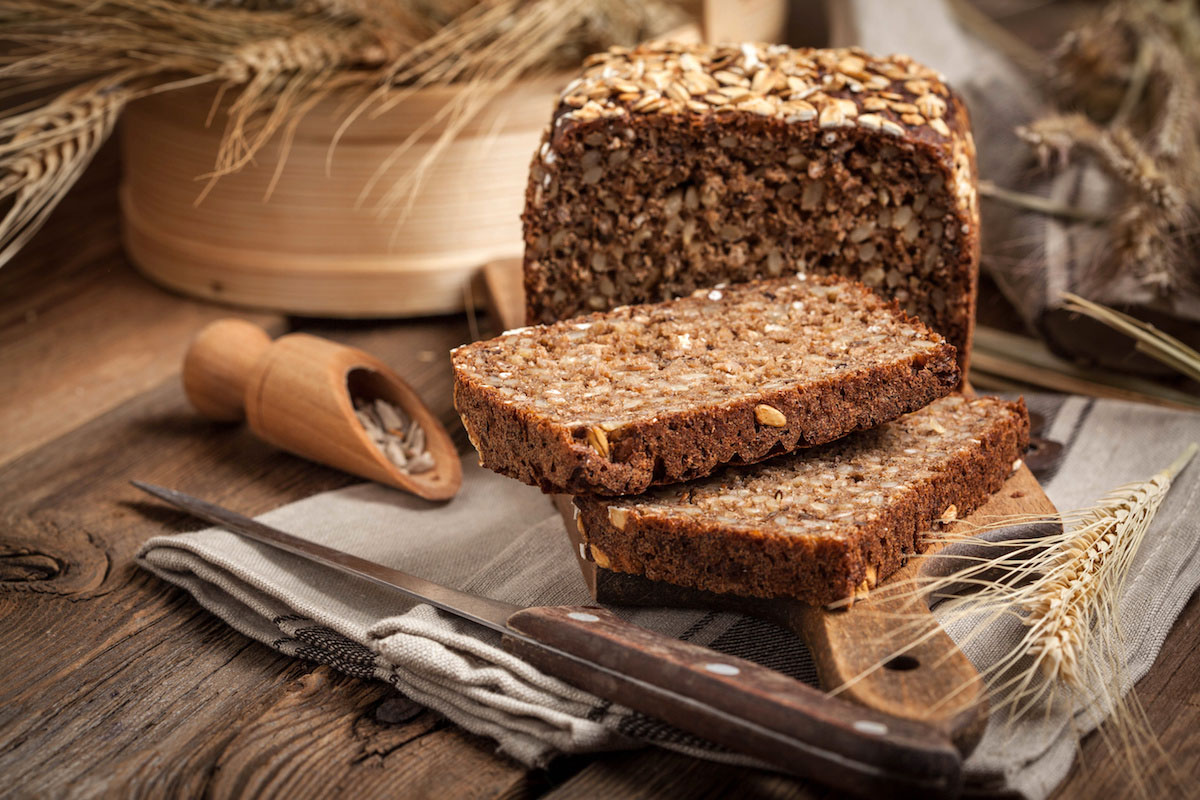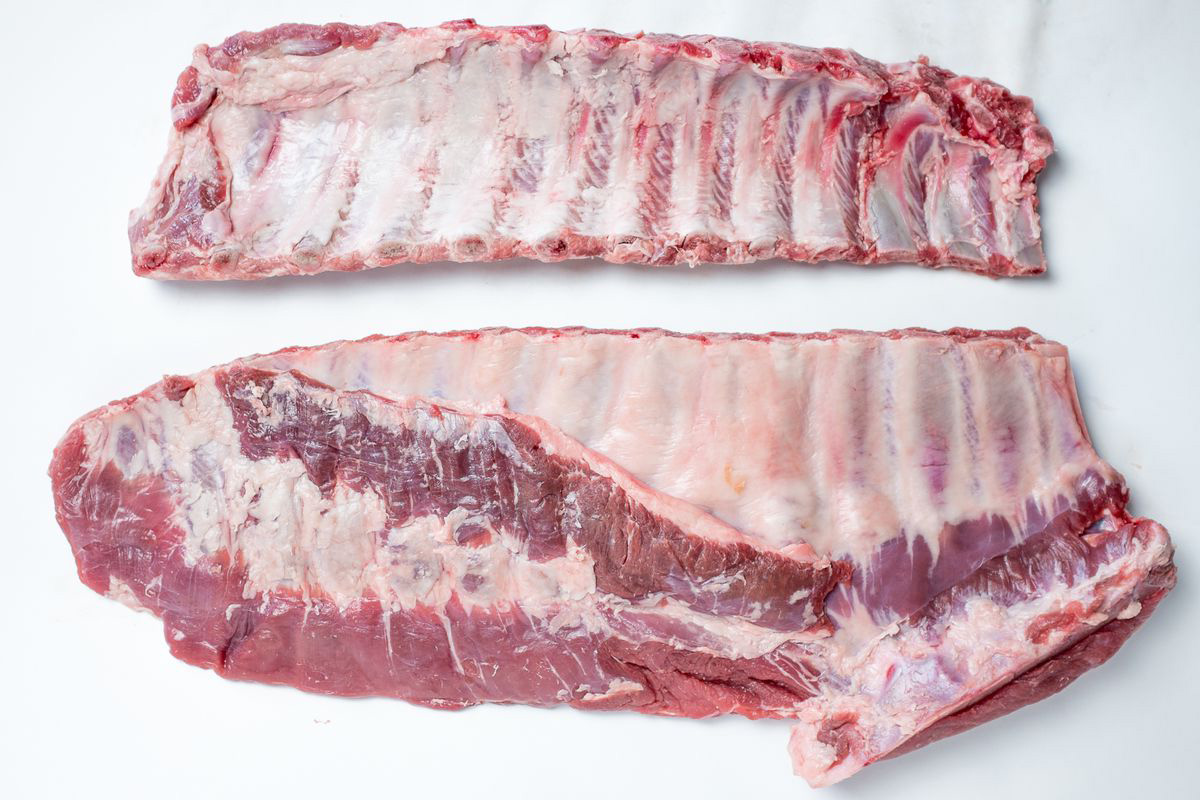When you're browsing through a recipe and come across the phrase "butter divided," you might find yourself scratching your head and wondering what it means. Don't worry, you're not alone! Many home cooks and baking enthusiasts have encountered this term and felt a bit puzzled by its significance. In this article, we'll delve into the meaning of "butter divided" in recipes and explore how it impacts the cooking or baking process.
Understanding "Butter Divided" in Recipes
In the world of cooking and baking, the term "butter divided" is used to indicate that a specified amount of butter should be divided and used at different stages of the recipe. This instruction is commonly seen in recipes where the butter is used in multiple components or layers of a dish. By dividing the butter, the recipe aims to ensure that it is distributed evenly and contributes to the desired texture and flavor profile.
How to Interpret "Butter Divided" in Recipes
When a recipe calls for "butter divided," it typically means that the total amount of butter listed should be divided into separate portions for different stages of the cooking or baking process. Here's how you can interpret and execute this instruction effectively:
-
Dividing the Butter: Start by carefully measuring the total amount of butter specified in the recipe. Once you have the total quantity, use a knife or kitchen scale to divide the butter into the required portions as indicated in the recipe.
-
Using Butter in Stages: Pay close attention to the recipe's instructions to determine when each portion of the divided butter should be added. For example, the recipe may call for a portion of the butter to be incorporated into the batter or dough at the beginning, while the remaining portion might be used to create a crumbly topping or a flavorful sauce.
-
Maintaining Consistency: When dividing the butter, it's important to ensure that each portion is used as directed in the recipe. This helps maintain consistency in the dish and ensures that the butter contributes to the overall balance of flavors and textures.
Examples of "Butter Divided" in Recipes
To provide a clearer understanding, let's consider a couple of examples where the instruction "butter divided" is commonly used:
Example 1: Streusel Topping for a Coffee Cake
Ingredients:
- 1 cup all-purpose flour
- 1/2 cup granulated sugar
- 1/4 cup cold butter, divided
Instructions:
- In a mixing bowl, combine the flour and sugar.
- Cut in half of the cold butter until the mixture resembles coarse crumbs.
- Crumble the remaining half of the butter into the mixture, creating larger clumps for the streusel topping.
In this example, the instruction "butter divided" guides the cook to use half of the cold butter for the initial blending of the streusel topping, while the remaining half is crumbled in later to achieve a varied texture.
Example 2: Layered Pastry Dough
Ingredients:
- 2 cups all-purpose flour
- 1 teaspoon salt
- 1 cup unsalted butter, divided
- 1/2 cup ice water
Instructions:
- In a large bowl, combine the flour and salt.
- Cut half of the unsalted butter into the flour mixture until it forms pea-sized crumbs.
- Cut the remaining half of the butter into larger chunks and gently fold it into the dough, leaving visible pieces for flakiness.
In this example, the "butter divided" instruction is used to create layers of butter within the pastry dough, resulting in a flaky and tender texture when baked.
Tips for Working with "Butter Divided" Recipes
When tackling recipes that call for "butter divided," consider the following tips to ensure success:
-
Precision in Measurement: Accurately measure and divide the butter as specified in the recipe to maintain the intended balance of flavors and textures.
-
Temperature Considerations: Pay attention to whether the divided butter should be used cold, softened, or melted at each stage of the recipe.
-
Texture and Consistency: Understand how each portion of the divided butter contributes to the overall texture and consistency of the dish, whether it's for creating layers, adding richness, or achieving a crumbly topping.
-
Flavor Distribution: Recognize how dividing the butter allows for its flavor to be distributed throughout the dish, enhancing its overall taste.
Conclusion
In the realm of cooking and baking, the phrase "butter divided" serves as a valuable instruction that guides the cook or baker in utilizing butter at different stages of a recipe. By understanding and following this directive, you can achieve the desired textures, flavors, and layers in your culinary creations. So, the next time you encounter "butter divided" in a recipe, embrace the opportunity to work with this versatile ingredient and elevate your dishes with its rich and creamy goodness.
Was this page helpful?
Read Next: What Is Cannoli Filling
Romeo Sessions
I am Romeo Session from the USA. I am an expert in SEO and also have six-year of experience in SEO .
